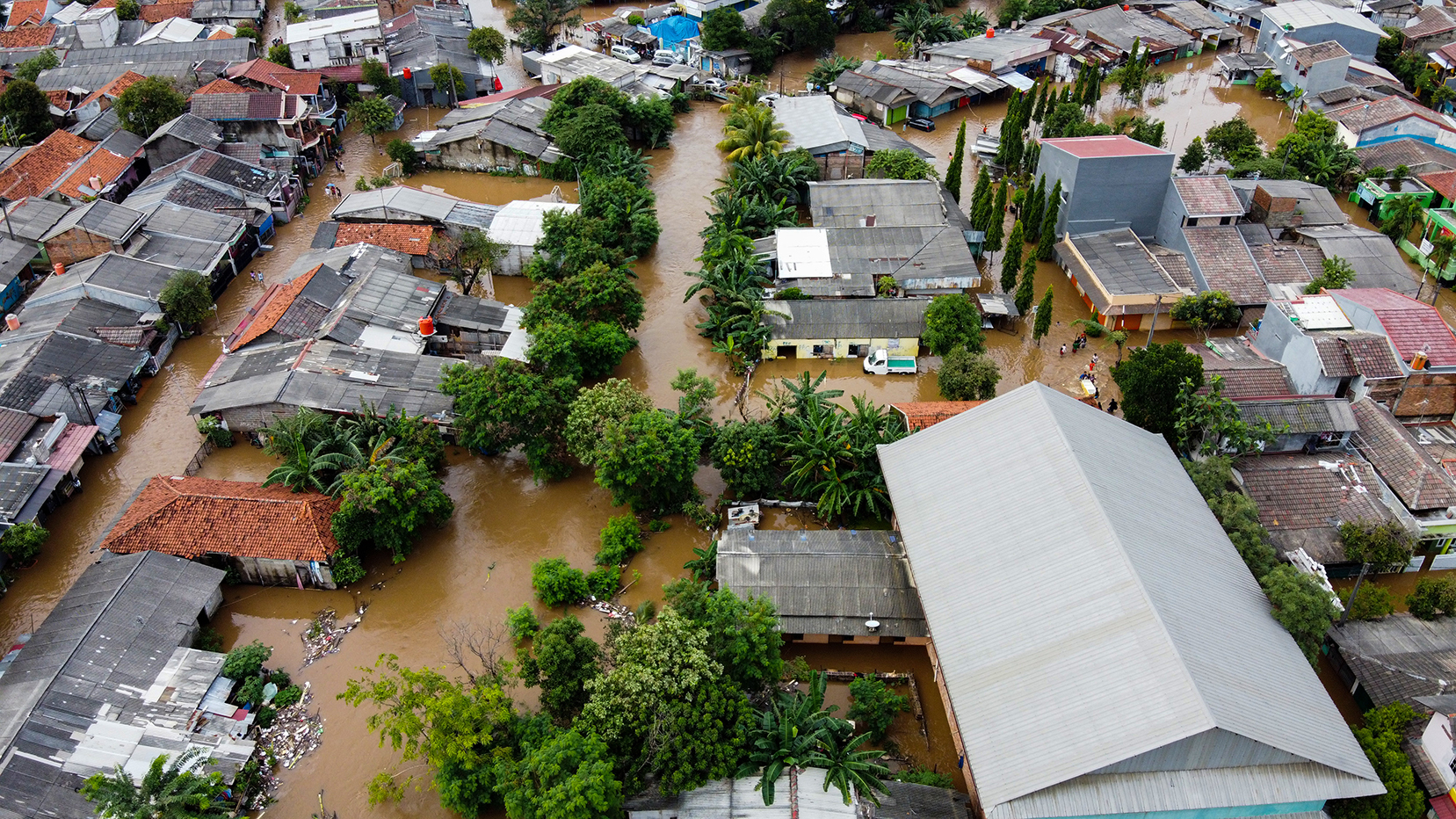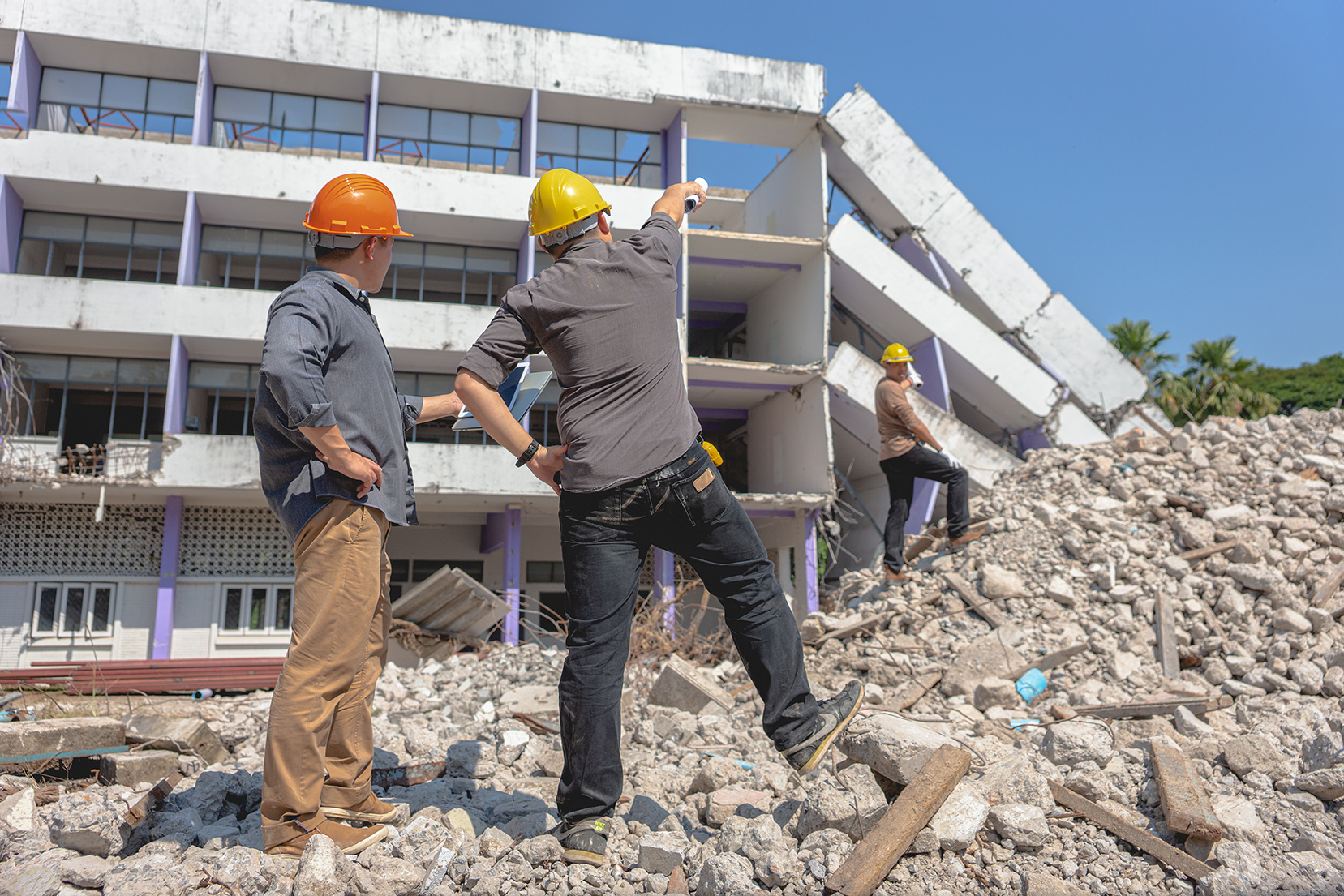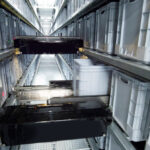The effects of climate change are being felt more intensely each year through increased frequency and severity of natural disasters like hurricanes, wildfires, flooding, and extreme temperatures. In fact, since 2000, the U.S. has experienced a 60% increase in billion-dollar climate change-related disasters. Commercial builders and developers can no longer ignore the need to construct resilient structures that can withstand these escalating climate risks.
Hurricane and Tornado-Prone Regions
One major focus is fortifying buildings against the impacts of extreme weather events. In hurricane and tornado-prone regions, this means incorporating impact-resistant windows, reinforced concrete or steel framing, and structures designed to resist high winds and projectile damage. While more costly upfront than standard materials, these fortified components can prevent expensive repairs or total building losses from major storms.
Areas Susceptible to Wildfires
Fire-resistant exterior materials like fiber cement siding are being specified along with surrounding defensible spaces and safety zones. Fiber cement runs about 20-30% more than vinyl siding but provides vital protection.
Flood Mitigation Measures
With rising sea levels and increased rainfall, flood mitigation is also critical. Techniques like elevating structures on piers or pilings involve higher foundation costs but can prevent future flood damage payouts. Floodproof doors, walls, and waterproof membranes also add expense but deliver good return on investment for flood-prone buildings.

Some new commercial developments are incorporating natural floodplain restoration elements like bioswales, retention ponds, and permeable pavement to better absorb excess water. While adding 10-25% to initial site costs, these measures can reduce risks of costly flooding and drainage issues.
Extreme Temperature Zones
Thermal Resilience and Backup Power Passive cooling techniques like optimized building orientation, shading, natural ventilation, and reflective roofing materials have higher upfront design and materials costs but significantly reduce energy demands while keeping occupants comfortable during heat waves without relying solely on expensive HVAC systems.

On-site backup power generation from sources like solar with battery storage is becoming more prevalent but can run into the six figures depending on building size and demand. However, this capability is essential for preventing losses when the utility grid is disrupted.
The High Cost of Vulnerability
While resilient design does involve higher upfront construction costs typically ranging from 5-20% above conventional practices, the long-term benefits of preventing damage, maintaining core functionality, and protecting occupant safety makes it a wise investment – especially as climate threats continue to worsen. A single natural disaster like a Category 4 hurricane can result in millions of dollars in losses that quickly eclipse any added upfront resilient building costs.
State and local regulatory bodies are increasingly adopting codes that mandate resilient design practices and materials. Many businesses and communities have learned the hard way from recent natural disasters about the catastrophic financial impacts of being unprepared.
The Resilient Way Forward
By prioritizing resilience from the very start of commercial building projects, developers can future-proof their assets while providing an environmentally responsible solution that aligns with sustainability initiatives. While the upfront costs are higher, the long-term savings over the life of the building by preventing damage, maintaining operations, and protecting occupants makes it a smart investment.
There are also strategies that can help make resilient construction more cost-effective. Taking advantage of bulk material buying through commercial accounts, negotiating low prices upfront or reusing materials from demolished structures can offset new material costs. For larger developments with multiple buildings, panelized or modular construction methods allow for economies of scale on resilient components produced in an offsite factory setting. Design standardization across buildings also maximizes material optimization.
Implementing climate-smart design is quickly becoming a key requirement rather than just an optional amenity. As climate change risks intensify, the incremental costs of resilient construction will likely be dwarfed by the expenses of repairing or rebuilding vulnerable buildings after major natural disasters strike.



